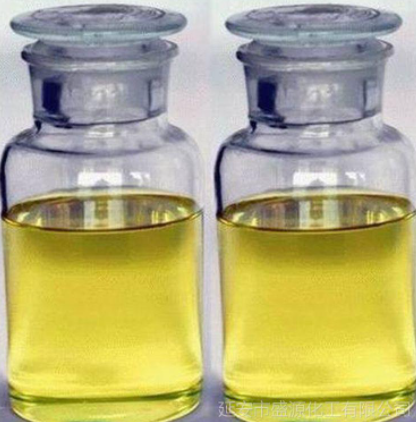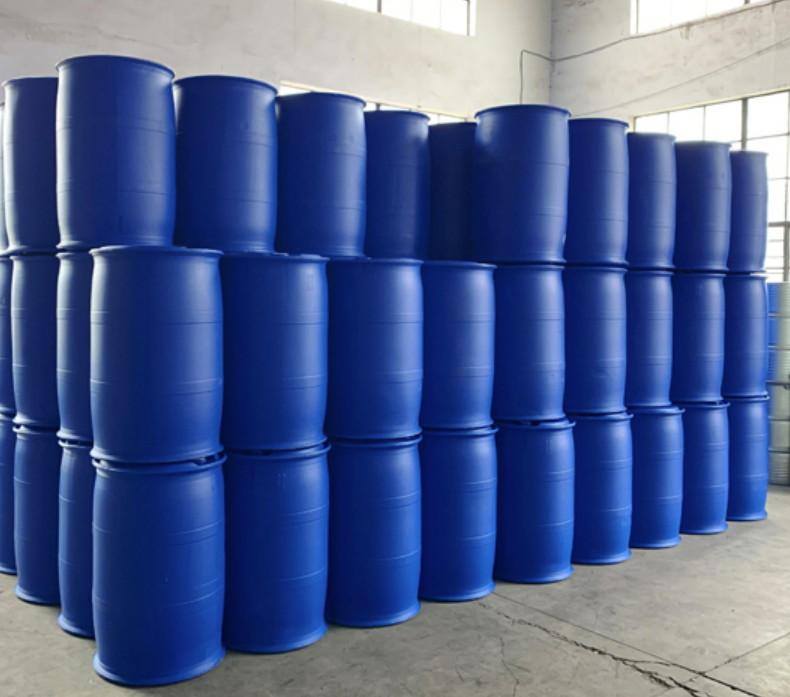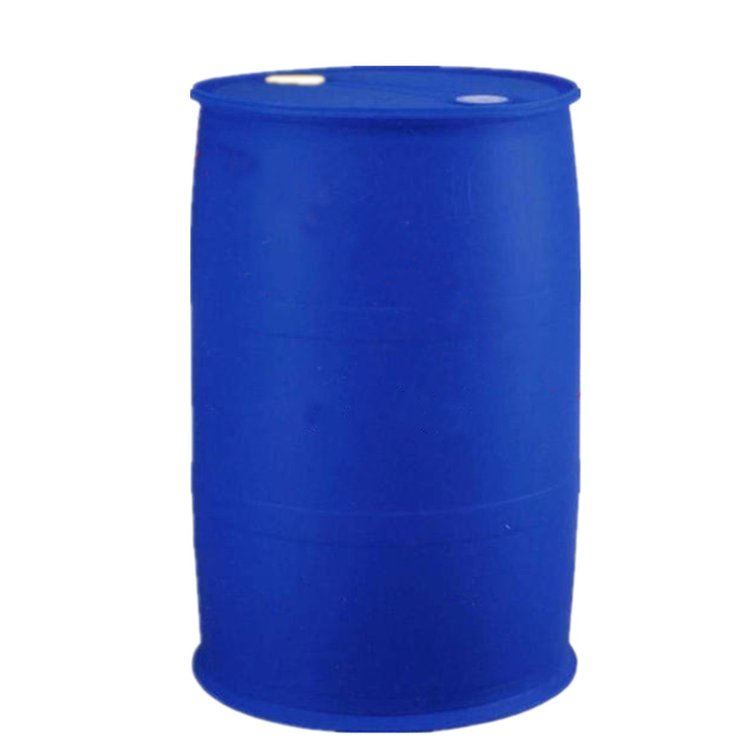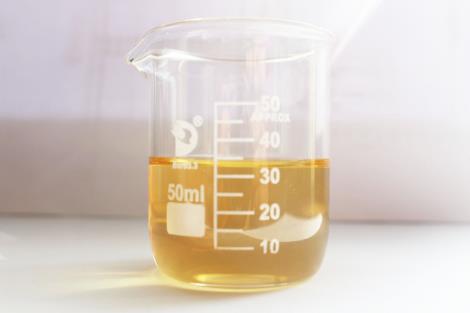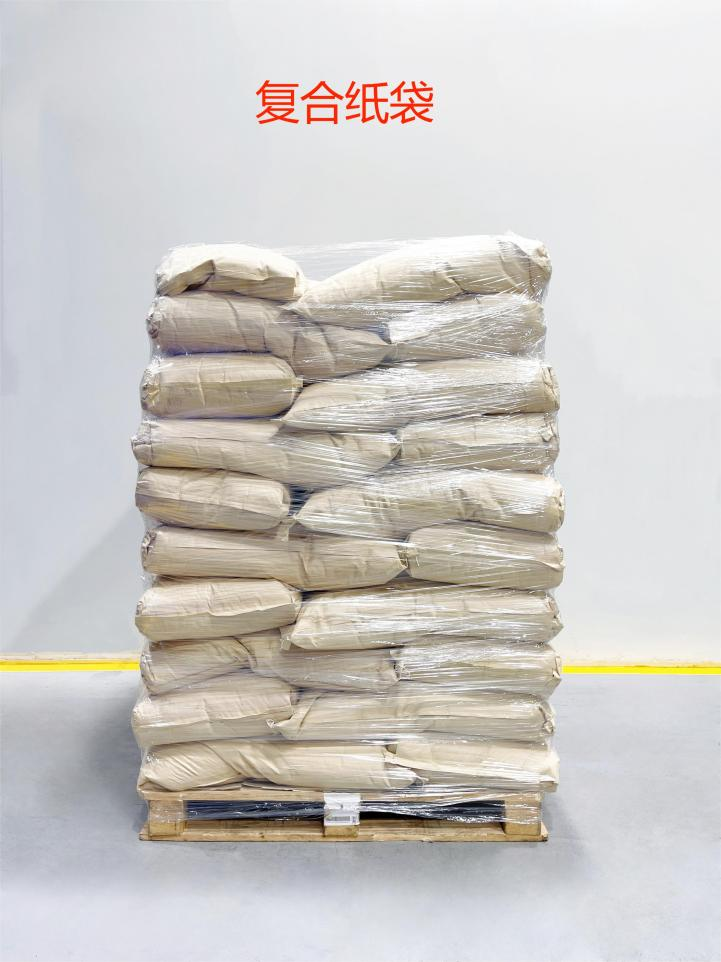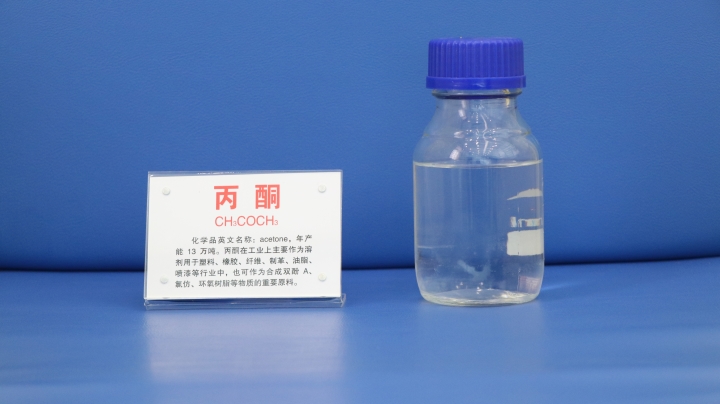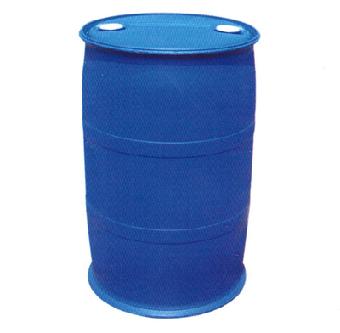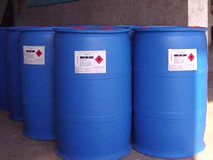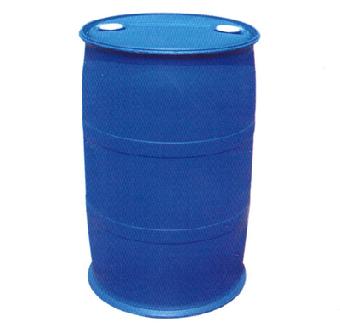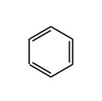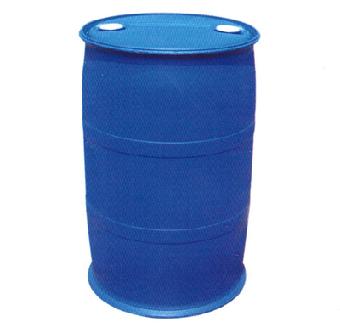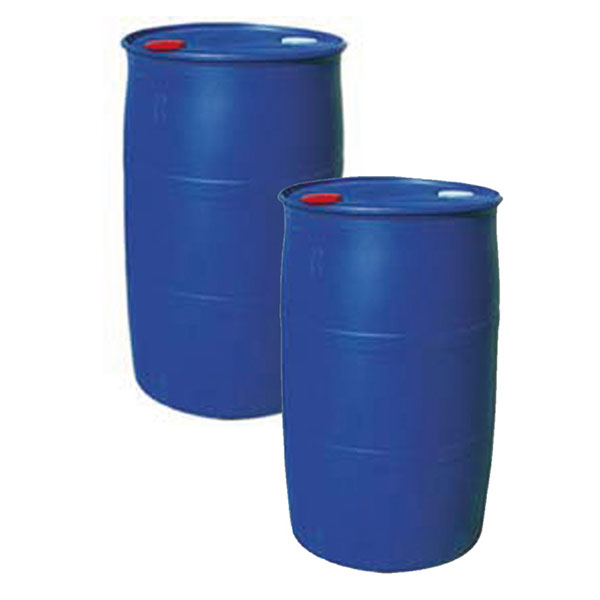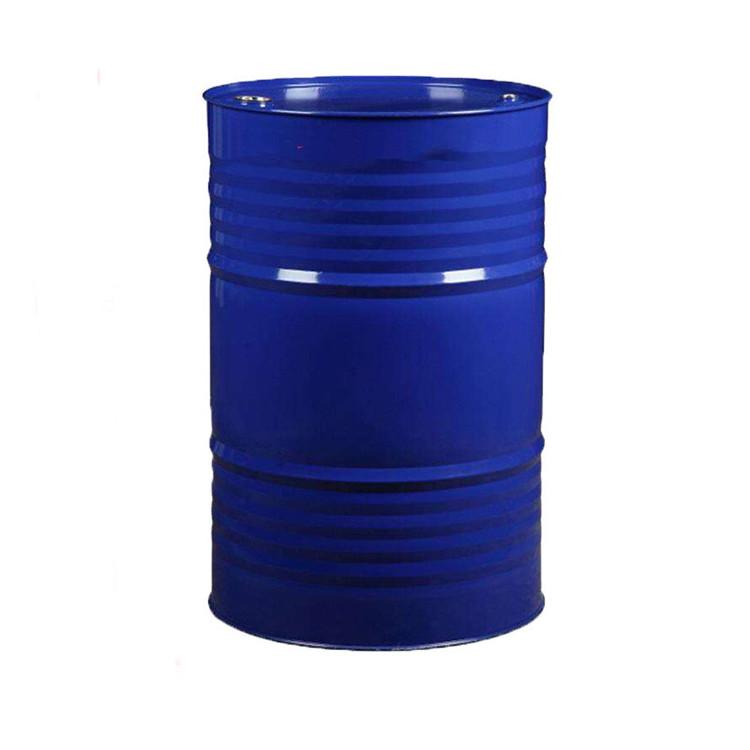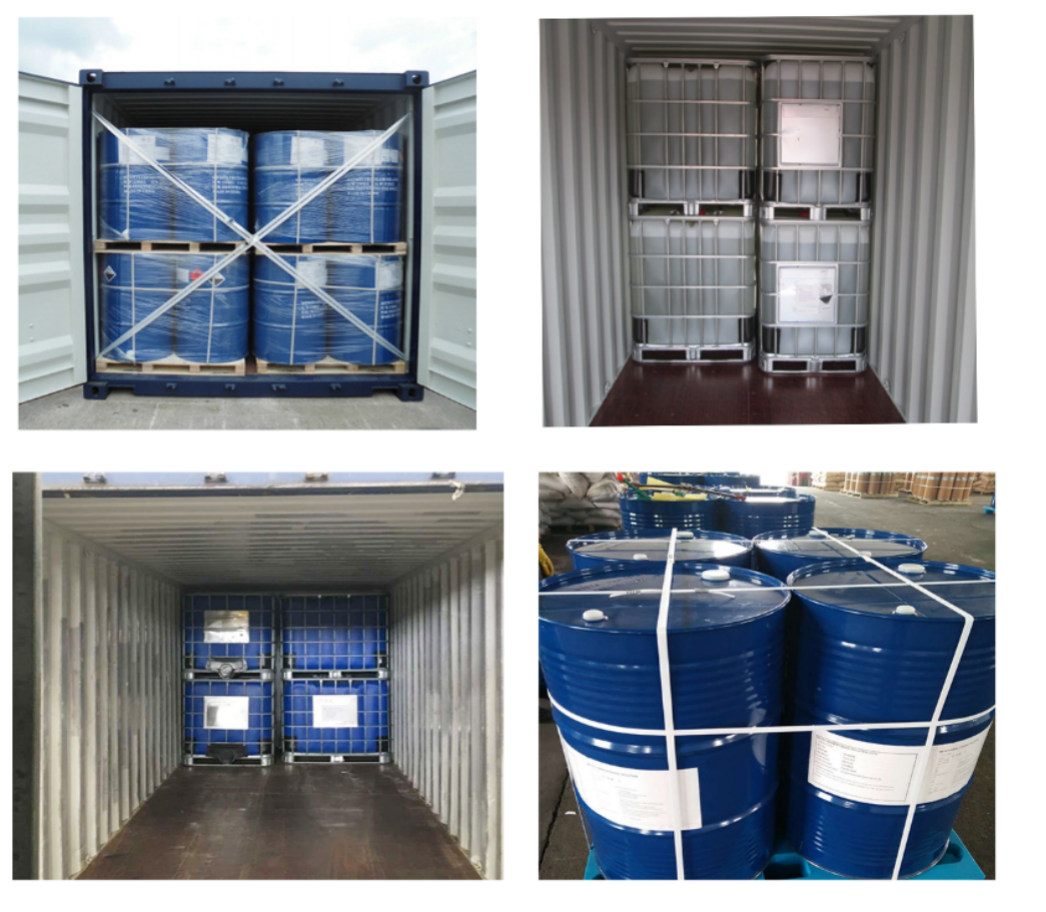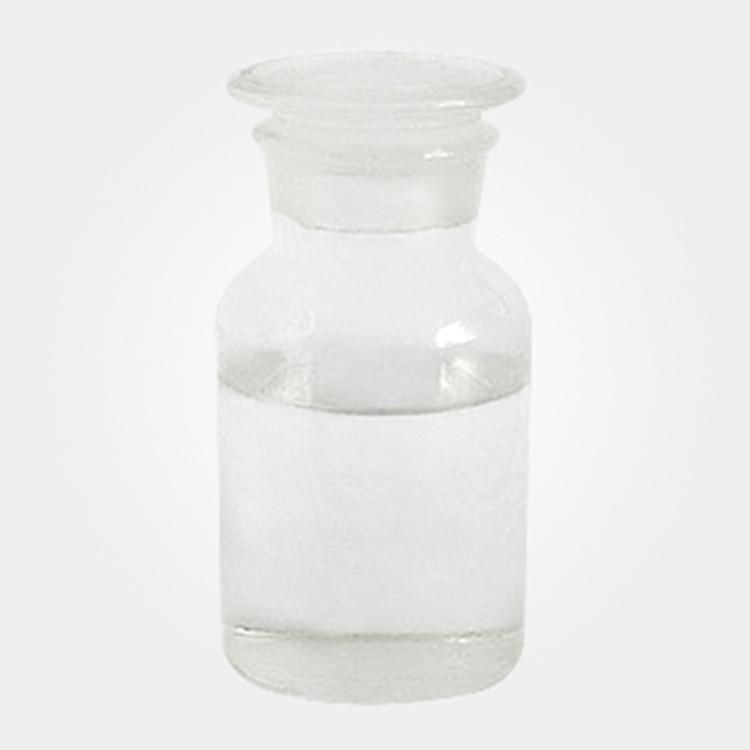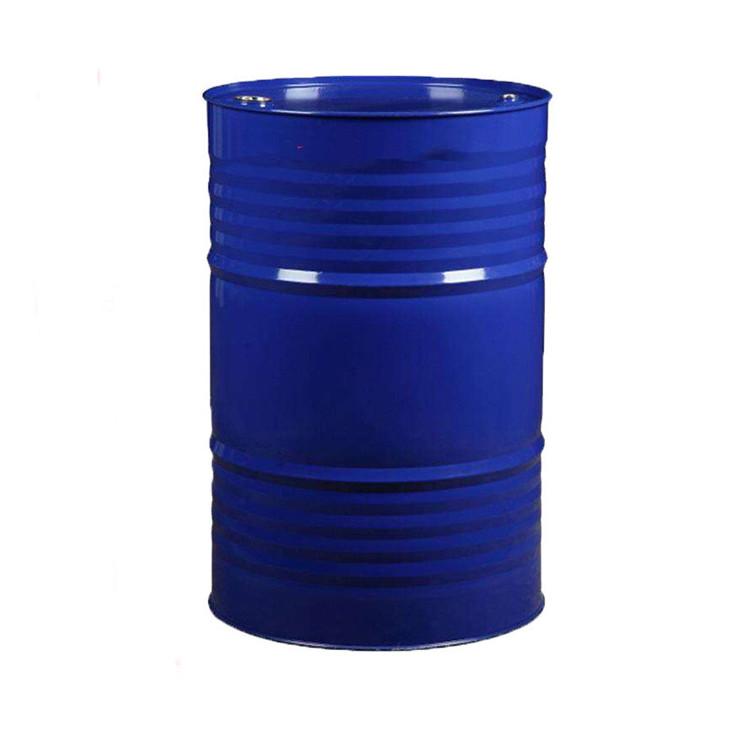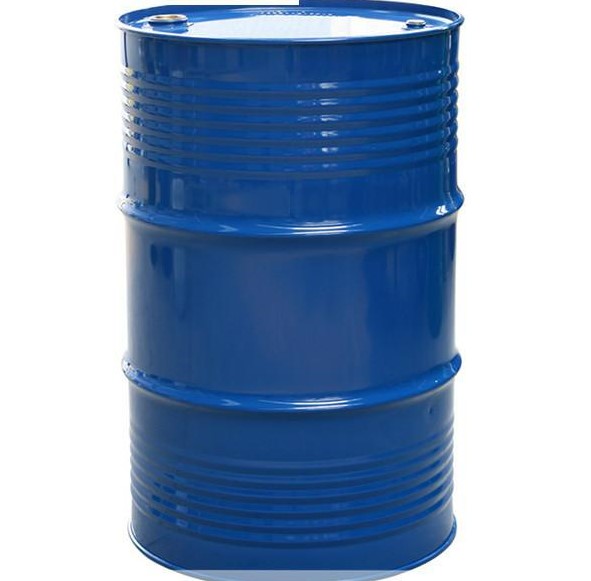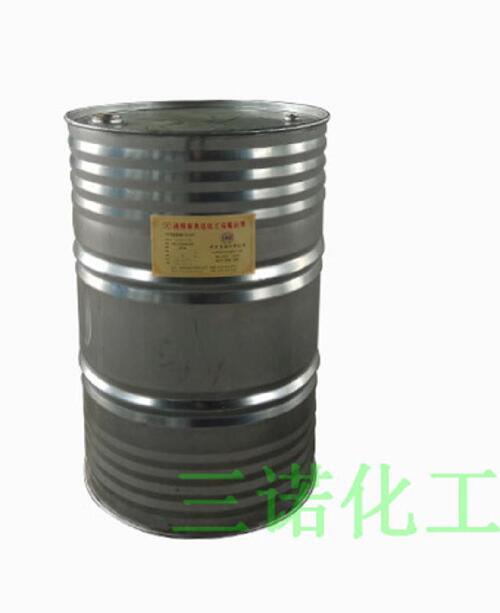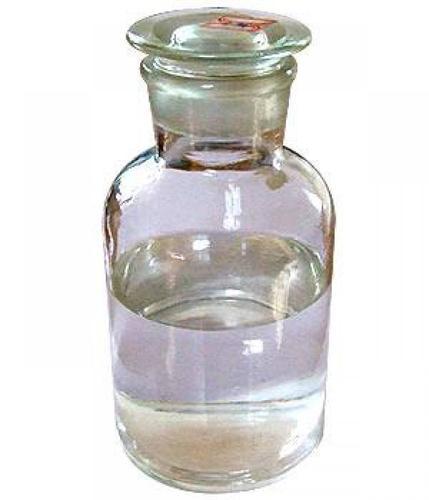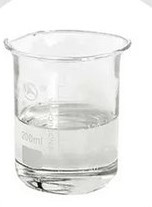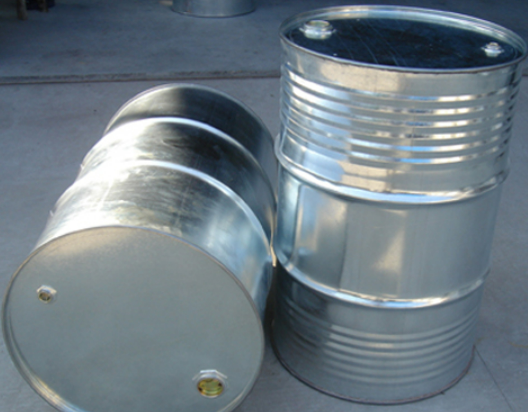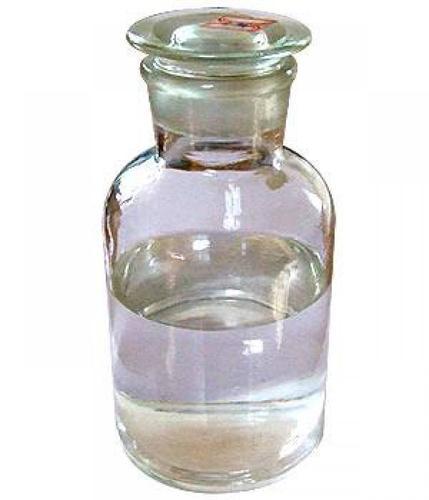Solvent
Find
370
related chemicals for you
CAS:112-80-1
Molecular Formula:C18H34O2
Alias
More Information
Cis-9-Octadecenoic Acid; (Z)-Octadec-9-Enoic Acid; Cis-Oleic Acid; Soybean oil Oleic acid; Cottonseed Oleic acid; Oleate; Elaidoic Acid; Glycon Ro; Metaupon; Oelsauere; Cis-Octadec-9-Enoic Acid; Pamolyn; Z-9-Octadecenoic Acid; Oleinic Acid; Animal Oleic Acid; High Purity Oleic acid; Amber Yellow Oleic acid; Oilec ACID 75 % Maleshiya; Oilec ACID
Brief Introduction
Oleic acid is an unsaturated fatty acid with a carbon carbon double bond in its molecular structure. It is a fatty acid that constitutes olein. One of the most extensive natural unsaturated fatty acids, which has a certain effect on softening blood vessels and plays an important role in the metabolism of human and animals. However, the oleic acid synthesized by human body can not meet the needs and should be taken from food. Therefore, eating edible oil with high oleic acid content is beneficial to health. Oleic acid can also be used to make soap, lubricant, flotation agent, ointment and oleate. It is also a good solvent for fatty acids and oil soluble substances.
Suppliers
View More Vendors (7) >
Allsino Pharmaceutical Co.,Ltd.
-
Pharm Grade
Alias
More Information
Dimethylketal; Dimethylformaldehyde; ACT; 2-Propanone; Dimethyl Ketone; Propanone; Propan-2-One; Methyl Ketone; Pyroacetic Ether; Acetone E; Acetone i; Acetone(RDH); Acitone; Acetone Merck 25 Litre drum; Acetone Liquid
Brief Introduction
Acetone is a manufactured chemical that is also found naturally in the environment. It is a colorless liquid with a distinct smell and taste. It evaporates easily, is flammable, and dissolves in water. It is also called dimethyl ketone, 2-propanone, and beta-ketopropane. Acetone is used to make plastic, fibers, drugs, and other chemicals. It is also used to dissolve other substances. It occurs naturally in plants, trees, volcanic gases, forest fires, and as a product of the breakdown of body fat. It is present in vehicle exhaust, tobacco smoke, and landfill sites. Industrial processes contribute more acetone to the environment than natural processes.
Suppliers
View More Vendors (6) >
Bozhiyuan Technology (Guangdong) Co.,Ltd.
Assay≥99.99%
/
-
Alias
More Information
Phene; [6]Annulene (Not Recommended); Benzole; Benzol (Historic/German); Benzolo; Cyclohexa-1,3,5-Triene; Benzen; 1,3,5-Cyclohexatriene; Annulene; Fenzen; Benzeen; Cyclohexatriene; Benzene Liquid
Brief Introduction
Benzene is a basic chemical raw material. It is used as solvent and synthetic benzene derivatives, spices, dyes, plastics, medicine, rubber, etc.
Suppliers
View More Vendors (6) >
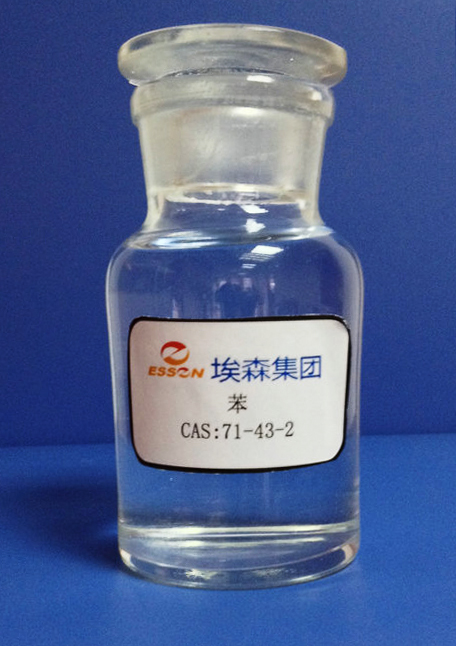
Petroleum Benzene-545; ≥99.9%
/
Tech Grade
180kg
/
Plastic Drum
CAS:109-60-4
Molecular Formula:C5H10O2
Alias
More Information
Acetic Acid, Propyl Ester; N-Propyl 5-Nitro-3-Pyridinesulfonamide; 3-Pyridinesulfonamide,5-Nitro-N-Propyl; Propyl Ethanoate; N-Propyl Acetate; 1-Acetoxypropane; 1-Propyl Acetate; 1-Propylacetate; Octanpropylu; NPAC
Brief Introduction
This product is a mild and quick drying agent for flexographic printing ink and gravure printing ink, especially for olefin reducing and polyamide film printing. It is also used as solvent for nitrocellulose, chlorinated rubber and thermal reactive phenolic plastics. Propyl acetate has a slight fruit flavor. After dilution, it has pear like aroma. Natural products are found in bananas, tomatoes, and raspberries. They are mainly used for the preparation of flavors such as pears and currants, and also as solvents for fruit flavors.
Suppliers
View More Vendors (6) >
CAS:111-87-5
Molecular Formula:C8H18O
Alias
More Information
Alcohol C-8; Capryl Alcohol; Caprylic Alcohol; Heptyl Carbinol; N-Capryl Alcohol; N-Octyl Alcohol; Octyl Alcohol
Brief Introduction
It can be used in the peach, pineapple, coconut, chocolate, citrus and Guo Xiangji flavors in the form of rose, jasmine, Syringa, tofu pudding, honey, orange blossom, citrus, Radix Pincus, Cologne, pine needles, etc.
Suppliers
View More Vendors (6) >
Inquiry (
10
/ 10
)
Clear All
You can inquire for up to 10 products at a time
Sign In
Error!

